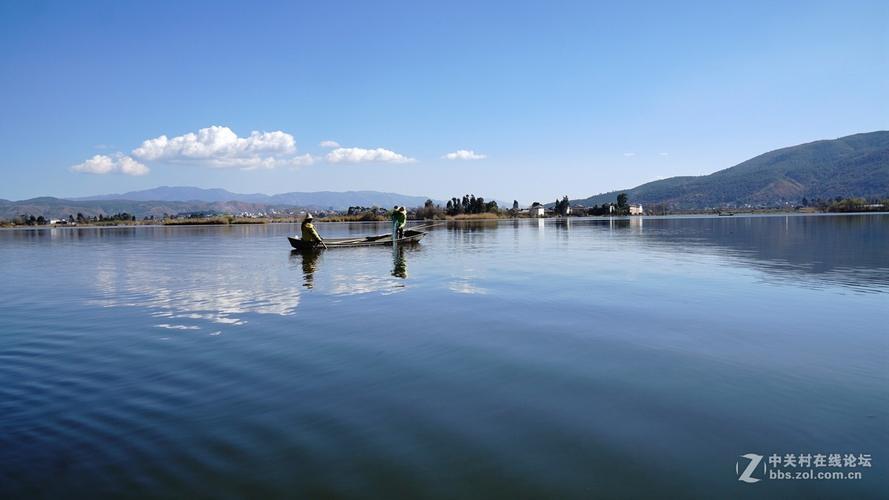The Cuban economy operates on two parallel monetary systems: the formal and informal markets. While the dollar is not the official currency of Cuba, it is widely used in the informal market, which plays a crucial role in the country’s economy. Understanding the value of the dollar in Cuba’s informal market is complex but crucial to observe as it gives a glimpse of the economic conditions in the country.
One of the main reasons for the high demand for the US dollar in Cuba is the embargo imposed by the US government. The embargo restricts most trade and financial transactions between the US and Cuba, making the dollar a scarce commodity on the island. As a result, the value of the dollar in the informal market has increased significantly over the years, making it a preferred currency for many Cubans.
Moreover, the Cuban government has created a two-tier monetary system with the CUC (Cuban Convertible Peso) and the CUP (Cuban Peso). The CUC is pegged to the US dollar, which means that one CUC is equivalent to one US dollar. However, the CUC is only available in the formal market, which forces residents to acquire the currency through the informal market at inflated prices. The high demand for the US dollar in the informal market has also led to the creation of a black market where the currency is bought and sold illegally.
The value of the dollar in Cuba’s informal market is a complex but crucial indicator to observe as it affects many aspects of the country’s economy. Firstly, the high demand for the US dollar in the informal market leads to a shortage of local currency, making it difficult for Cubans to access basic goods and services. Secondly, the currency exchange rate affects the prices of goods and services, making it more expensive for residents to purchase essential items.
Furthermore, the value of the dollar in the informal market also affects the tourism industry, which is one of the major sources of income for the country. Tourists are often required to exchange their currency into Cuban pesos, and the higher the exchange rate, the more expensive it is for tourists to visit the country. This can lead to a decline in the number of visitors, which in turn affects the economy negatively.
In conclusion, the value of the dollar in Cuba’s informal market is a complex but crucial indicator to observe as it affects many aspects of the country’s economy. It is essential to understand the reasons for the high demand for the US dollar in the informal market, as it gives insight into the economic conditions in the country. Observing the currency exchange rate and its impact on basic goods and services and the tourism industry can provide a better understanding of the economic situation in Cuba.
(Note: Do you have knowledge or insights to share? Unlock new opportunities and expand your reach by joining our authors team. Click Registration to join us and share your expertise with our readers.)
